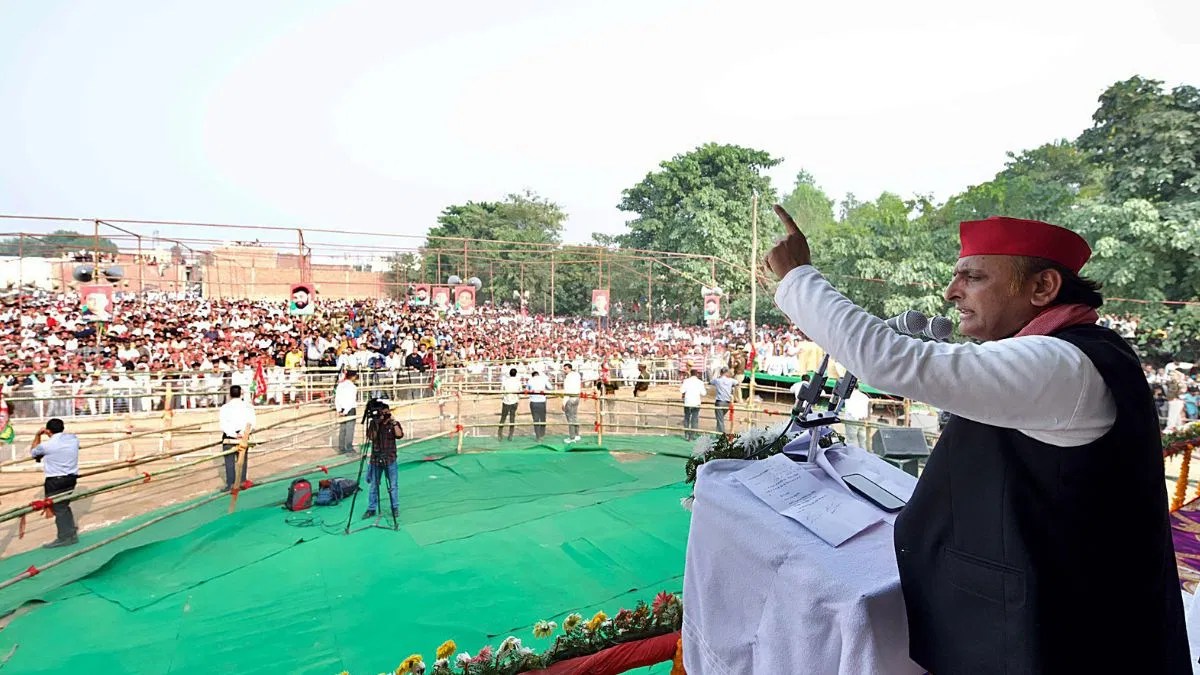How abrogation of article 370 enabled roads, railways and 5G to attach Kashmir to India
When Article 370 was abrogated in August 2019, Kashmir all of a sudden took off from many years of isolation right into a speedy integration drive. Its hovering mountains and fraught politics had lengthy conspired to maintain the area bodily and digitally distant, however the removing of its particular standing dramatically accelerated connectivity initiatives.
A cascade of recent tunnels, bridges, railways, airport expansions, and next-generation telecom networks has since begun stitching the Valley firmly into the nationwide material. Engineers liken the momentum to America’s interstate build-out or China’s high-speed rail surge, now unfolding inside a Himalayan hall as soon as lower off for half the 12 months.
Late-winter snow nonetheless blanketed the Pir Panjal when a motorcade slipped beneath the Chenani–Nashri tunnel often known as the Dr Syama Prasad Mookerjee Tunnel in March 2020. India’s then-longest street tunnel had sliced 41 kilometres and 44 avalanche zones from the Jammu–Srinagar freeway, insulating commerce from climate disruptions. But that breakthrough was merely the start.
Additional north, engineers from Megha Engineering and Infrastructures proceed to bore into slate and shale to carve the 13-kilometre Zojila tunnel, bypassing the notoriously treacherous go separating Kashmir from Ladakh. Excavation was midway in August 2024, and when it opens in September 2026, a three-hour ordeal will shrink to simply twenty minutes. For the primary time, the Valley will achieve an all-weather lifeline to the strategic plateau of Ladakh and past.
Even the harshest routes have capitulated. Twin tunnels close to Sonamarg opened forward of schedule in 2022, boasting a 98-per-cent uptime, courtesy of Sensible Tunnel SCADA know-how. Eradicating the tyranny of snowfall is dismantling decades-long incentives for financial isolation.
As roads tunneled by means of mountains, railways soared above ravines. On 6 June 2025, Prime Minister Narendra Modi flagged off the primary Vande Bharat practice throughout the Chenab rail bridge, the world’s highest railway arch. At 359 metres above the riverbed—taller than the Eiffel Tower—it anchors the 272-kilometre Udhampur–Srinagar–Baramulla Rail Hyperlink, a dream stalled since earlier than Independence.
Engineered to resist earthquakes and fierce winds, this monumental bridge symbolically demolished the argument that Kashmir’s terrain was unattainable to beat with trendy rail infrastructure. Journey time from Katra to Srinagar will quickly shrink to simply three hours, unlocking speedy motion of products, vacationers, and concepts.
Above floor, Kashmir’s aviation infrastructure is racing to catch up. Srinagar Airport is present process a Rs 1,788-crore enlargement that can quadruple passenger capability to 10 million yearly, including glass-walled terminals and 6 aerobridges reflecting native tradition. Jammu Airport, too, will triple capability, changing into a logistical hub for horticulture exports like saffron, walnuts, and apples—items beforehand stranded in freeway convoys. I nonetheless recall my expertise of the hassle which met with resistance regardless of wholehearted assist of the late defence minister of India Sh Manohar Parikar once I was commanding a division in Jammu in 2015 to develop the Jammu Airport. And are available 2019 the method has gained super momentum.
Bodily arteries alone couldn’t full Kashmir’s integration with out digital connectivity. Following the repeal of Article 370 and the top of an eighteen-month high-speed knowledge blackout in February 2021, the state swiftly transitioned from primitive 2G to ultra-modern standalone 5G. Jio and Airtel rolled out widespread 5G protection, connecting over 900,000 customers inside a 12 months.
Rural Kashmir additionally surged ahead with the Rs 2,631-crore Amended BharatNet programme, laying optical fibre to attach 3,887 villages by 2025, lifting penetration charges from an abysmal two per cent. Even pilgrimage routes acquired connectivity boosts, with reside streaming of Amarnath prayers changing into a actuality in 2025.
From isolation to integration
A decade in the past, travelling from Jammu to Srinagar concerned chains, rations, and planning for street closures. Immediately, it’s a fast drive by means of weather-proof tunnels or a simple rail journey throughout the Chenab. Kashmiri entrepreneurs now add 4K product movies over 5G and ship produce by way of in a single day cargo flights.
Whereas connectivity alone can’t erase historic grievances, it reshapes realities. As logistics obstacles fall, native universities, hospitals, and entrepreneurs profit from the identical real-time connections as their friends in main Indian metros. Every metre of asphalt and megahertz of spectrum shrinks the psychological and bodily distances that after outlined Kashmir.
Completion schedules nonetheless stretch forward: Zojila’s closing blast in 2026, Srinagar’s gleaming terminal by 2027, and BharatNet’s last-mile connectivity in distant hamlets. But the trajectory is ready away from siege geography towards a panorama outlined by connectivity. When a Vande Bharat crosses the Chenab at daybreak and a vacationer in Gulmarg livestreams by way of 5G, Kashmir’s new regular will really feel fully strange. However it’s exactly this ordinariness—connection as an on a regular basis actuality—that represents the revolution triggered by the abrogation of Article 370.
Disclaimer
Views expressed above are the creator’s personal.
END OF ARTICLE
Source link
latest video
latest pick
news via inbox
Nulla turp dis cursus. Integer liberos euismod pretium faucibua





















